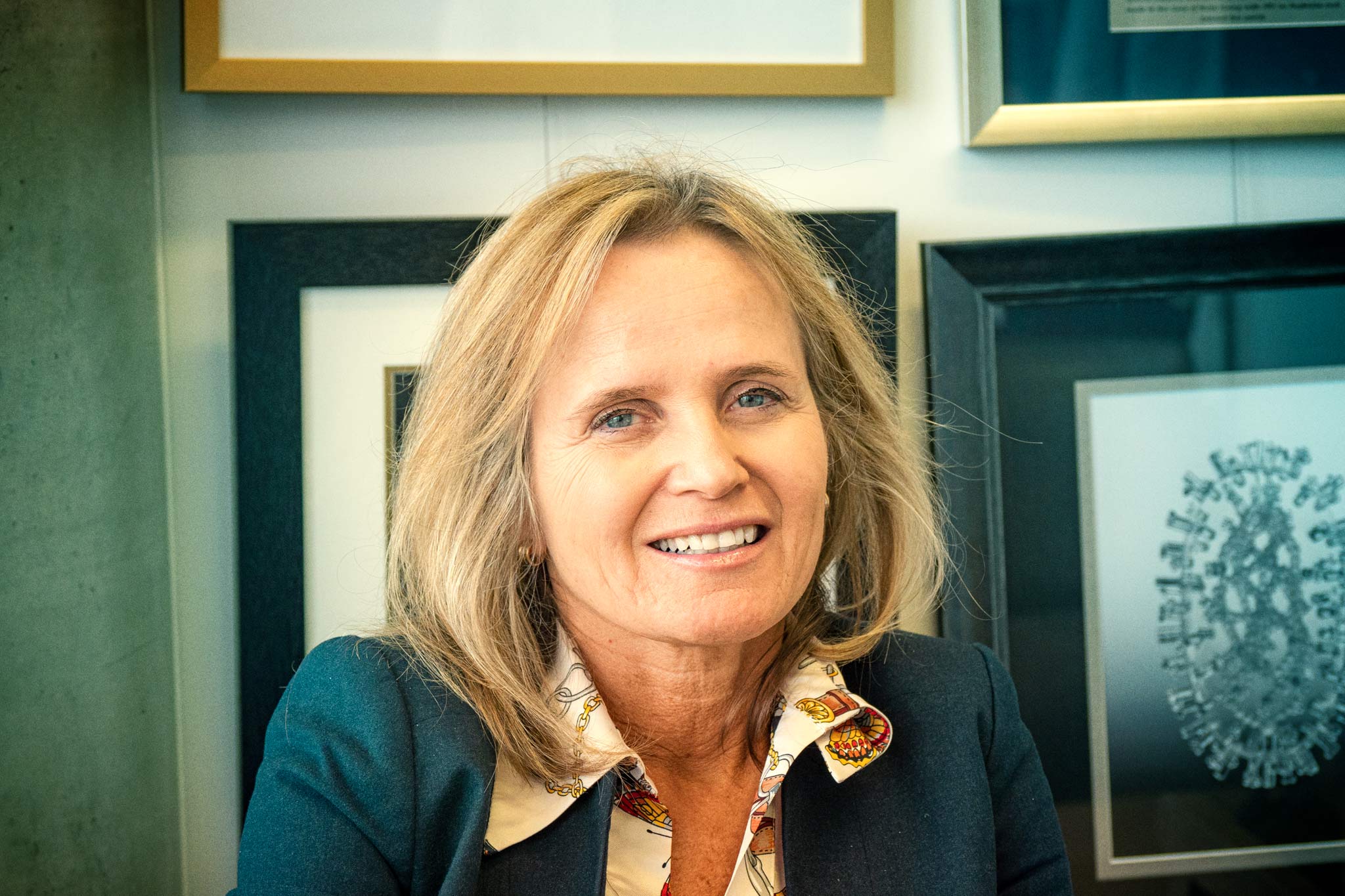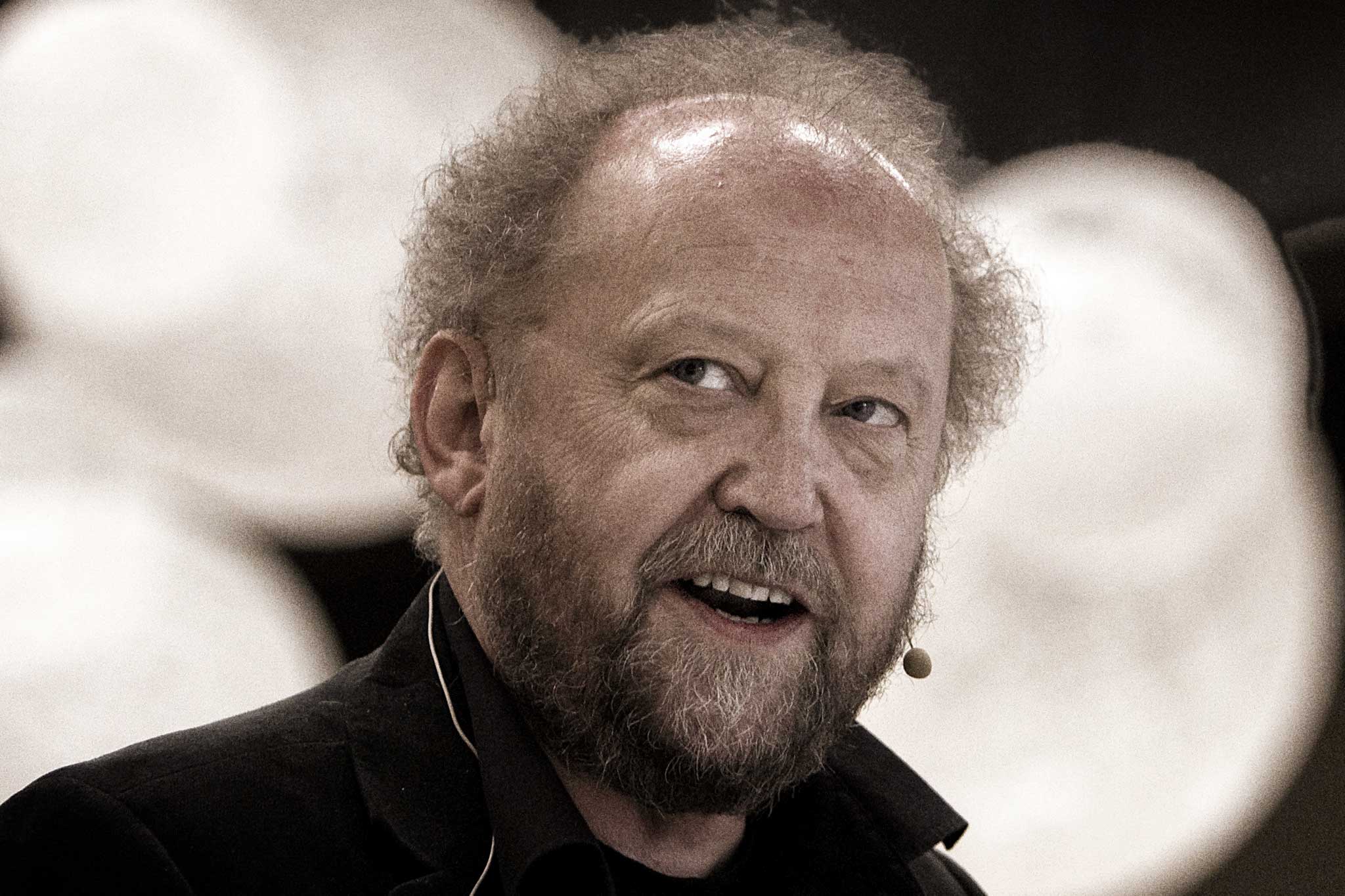Since its inception Professor Sharon Lewin has been the Director of the Peter Doherty Institute for Infection and Immunity (Doherty Institute), a joint venture of the University of Melbourne and The Royal Melbourne Hospital. Her research program is funded by the NHMRC, the National Institutes of Health, The Wellcome Trust, the American Foundation for AIDS Research and multiple commercial partnerships. The overall goal of her work is to find a cure for HIV and understand how HIV interacts with other viruses such as the hepatitis B virus to cause worse health outcomes
Meetings International sat down with her to find out more.
What’s the history of the Doherty Institute?
“The Doherty Institute was established in 2014. It is named after Nobel Laureate Peter Doherty, and it has allowed us to bring together several different departments across the University of Melbourne and The Royal Melbourne Hospital who work in infectious diseases and immunology. Both organisations have a long history working in research, education, clinical care and public health. The philosophy was that by bringing all the experts together in one institute it would allow much better interaction and would be an attractive one-stop-shop in infection and immunity. Many governments around the world, including in Australia, are worried about infectious diseases outbreaks whether they are happening now, like HIV and influenza, or sudden new outbreaks, such as the novel coronavirus, Covid-19. This is why we were the first to isolate and share the virus with the rest of the world in the first few weeks of the pandemic. With all the experts under the one roof, together we play a major role in the initial response through detection, surveillance and developing policies, but also work to develop long term solutions with new vaccines, treatments and a detailed understanding of the different diseases.”
Moreover, you did, at the same time, create a knowledge hub?
“Yes, we have put all different disciplines in one area into a small hub, effectively inside a bigger hub of the Melbourne Biomedical Precinct. There are, just across the road, a cancer institute, a neuroscience institute and world-leading adult and children’s hospitals. All of us collaborate extensively. Infectious diseases and immunology are relevant to every discipline, so we have many interactions with other institutions.”
You have been a speaker at, at least, 100 conferences. Are you networking at the same time as you work here?
“In my research work, networking is incredibly important. For scientists, this is not just to gain knowledge, but to disseminate knowledge and to road test your ideas and discoveries in different settings. When you meet people face to face, you often get a new idea or see solutions to problems that you might not have previously considered. Also, by presenting your work internationally, you can tell your scientific story, which is a powerful way to engage other experts in your thinking. Although research is very objective and vigorously reviewed, exciting colleagues with your story is just as important.”
“Networking is incredibly important. For scientists, this is not just to gain knowledge, but to disseminate knowledge”
How important is it for institutions to have national conferences every year or every second year?
“National conferences are essential for a range of reasons. Australia is a very isolated place geographically, even if we live in a connected world. We have our systems of working and have a lot to offer. We need to make sure that scientists and researchers work together with our governments. Both the Federal Government and State Government want collaborations. National conferences are not only important for local policy, response and capacity building, but they are also much cheaper options for people to attend. To send someone to an international conference can cost AUD 3,000 to AUD 5,000. I like to provide both as options for my junior staff, if at all possible. National conferences are important for the cohesion of different disciplines in Australia.”
Also, you are an Ambassador for Melbourne?
“The initiative came from the Melbourne Convention Bureau and Melbourne Convention and Exhibition Centre to attract conferences to Melbourne through their professional networks. Each year, the City of Melbourne awards the title of Melburnian of the Year to someone who has had a significant impact on the city. I was named Melburnian of the Year in 2014 after chairing the International AIDS Conference in Melbourne – the largest health conference ever held in Australia.”
What are your main challenges at the moment in your science work?
“I work in a very challenging area of science, trying to find a cure for HIV, but I have optimism in my work. I have optimism because of the incredible advances we have seen with HIV over the past 30 years as a result of science. Currently, people living with HIV have to take life-long treatment because the virus can hide from treatment. We are trying to understand where and why the virus goes into hiding and then trying to eliminate it. Current treatments for HIV are fairly simple. People can take one tablet a day and lead a pretty normal life. Treatments are getting cheaper and simpler. However, if you live in a country with no universal healthcare, you have limited access. If you live in a low-income country, treatments are available, but this is dependent on global funding, particularly contributions from countries such as the U.S. The challenges are that we have to come up with something safer than what people are taking already. It also has to be cheap and accessible for people living in a low-income setting. That is a very high bar, but with the right mix of science, funding and community engagement, I am sure we can get there.”
Are you hoping for a new international conference to come here?
“Yes, we are thinking about that always – whether it is immunology or other infectious diseases. There are 700 people in the Institute. They all have their extensive professional networks. We recently had 600 people in Melbourne meeting about hepatitis B virus where I was one of the speakers. I would also love to attract the major HIV prevention meeting to Melbourne. This is called HIV R4P. This meeting has always been in Europe or the U.S. Maybe in the future, the International AIDS Conferences will come back to Australia! It’s important for that conference to move around the world. Few cities can host these mega conferences, especially in Asia. Hosting it in India or China would be fantastic, as both countries have large numbers of people living with HIV and also have active clinical and research programs.”
Leading infectious diseases expert, Professor Sharon Lewin is the inaugural Director of the Peter Doherty Institute for Infection and Immunity, Professor of Medicine at The University of Melbourne, and a National Health and Medical Research Council (NHMRC) Practitioner Fellow. She has authored over 260 publications, given over 100 major international invited talks on HIV cure, and her work has been published in Science, Nature, Nature Medicine, The Economist and The New Yorker. She co-chairs the International AIDS Society’s Towards an HIV Cure initiative, and in 2014, was the local co-chair for the 20th International AIDS Conference in Melbourne.





